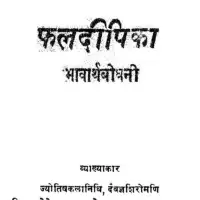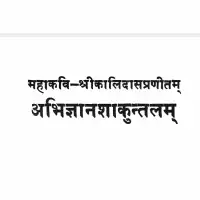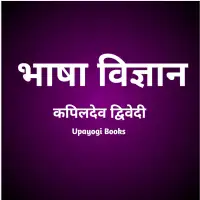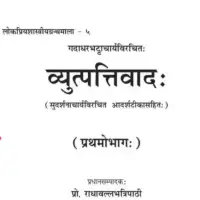
Latest Version
September 14, 2023
Pancham Sinh
Sanskrita Study
1.6 MB
832
Free
Report a Problem
More About हठयोग प्रदीपिका - Hatha Yoga Pradipika PDF Free PDF Download
हठयोग प्रदीपिका - Hatha Yoga Pradipika PDF
INTRODUCTION
There exists at present a good deal of misconception with regard to the practices of the Hatha Yoga.
People easily believe in the stories told by those who themselves heard them second hand, and no attempt is made to find out the truth by a direct reference to any good treatise. It is generally believed that the six practices, (Shatkarma) in Hatha Yoga are compulsory on the student and that besides being dirty, they are fraught with danger to the practiser. This is not true, for these practices are necessary only in the existence of impurities in the Nâdis, and not otherwise.
There is the same amount of misunderstanding with regard to the Prânâyâma. People put their faith implicitly in the stories told them about the dangers attending the practice, without ever taking the trouble of ascertaining the fact themselves. We have been inspiring and expiring air from our birth, and will continue to do so till death; and this is done without the help of any teacher.
Prânâyâma is nothing but a properly regulated form of the otherwise irregular and hurried flow of air, without using much force or undue restraint; and if this is accomplished by patiently keeping the flow slow and steady, there can be no danger. It is the impatience for the Siddhis which cause undue pressure on the organs and thereby causes pains in the ears, the eyes, the chest, etc. If the three bandhas (Bandha) be carefully performed while practising the Prânâyâma, there is no possibility of any danger.
There are two classes of students of Yoga:
(1) those who study it theoretically;
(2) those who combine the theory with practice. Yoga is of very little use, if studied theoretically.
It was never meant for such a study. In its practical form, however, the path of the student is beset with difficulties. The books on Yoga give instructions so far as it is possible to express the methods in words, but all persons, not being careful enough to follow these instructions to the very letter, fail in their object.
Such persons require a teacher versed in the practice of Yoga. It is easy to find a teacher who will explain the language of the books, but this is far from being satisfactory. For instance, a Pandit without any knowledge of the science of materia medica will explain ‘Kantakari’ as ‘Kantakasyaarih Kantakaari’ or an enemy of thorns, i.e., shoes, while it is in reality the name of a medicinal plant.
Rate the PDF
User Reviews
Popular PDFs
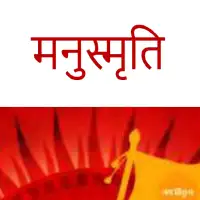
![सूर्य पञ्चाङ २०८१ - Surya Panchanga 2081 (Nepali Patro) [PDF]](https://upayogibooks.com/images/1707273528.webp)
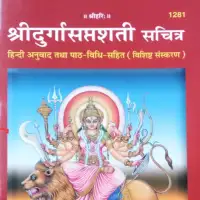
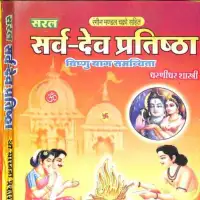
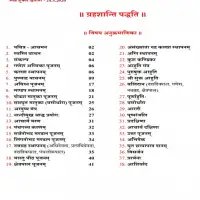
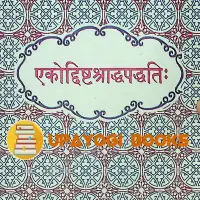
![वृहत् कर्मकाण्ड पद्धति - Vrihat Karmakanda Paddhati [PDF]](https://upayogibooks.com/images/1716396149.webp)
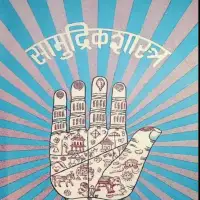
![दुर्गा सप्तसती हवन विधि - Durga saptasati havana vidhi [PDF]](https://upayogibooks.com/images/1702836557.webp)
![दीपावली पूजन विधि - Dipawali pujan vidhi [PDF]](https://upayogibooks.com/images/1699733648.webp)
Editor's Choice
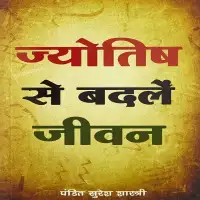
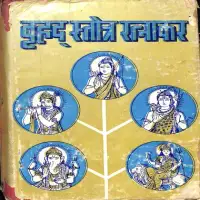
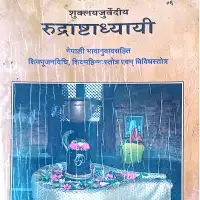
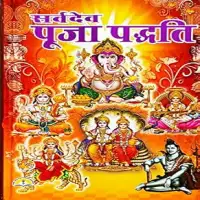
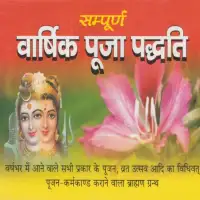
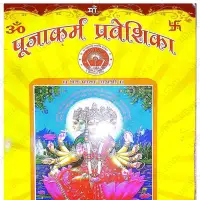
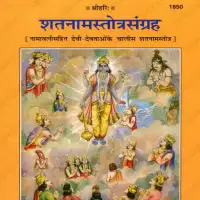
![गरुडपुराण सारोद्धार - Garuda Purana saroddhar Gita Press [PDF]](https://upayogibooks.com/images/1721869076.webp)
![साङ्ग सप्ताह मण्डप पुजा विधि - Sanga Saptaha Mandapa Puja Vidhi [PDF]](https://upayogibooks.com/images/1716489738.webp)
![अर्थ पञ्चक नेपाली भाषानुवाद - Artha Panchaka Nepali Translation [PDF]](https://upayogibooks.com/images/1716398011.webp)

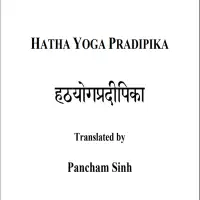

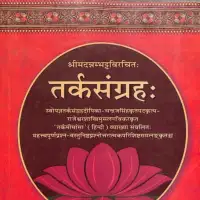
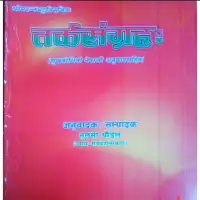
![फलित राजेन्द्र - Phalit Rajendra [PDF]](https://upayogibooks.com/images/1716489446.webp)
![व्याकरण महाभाष्य - Vyakaran Mahabhashya [PDF]](https://upayogibooks.com/images/1716316411.webp)
![संस्कृत कक्षा १ देखि 10 सम्म - Sanskrit Language syllabus class 1 to 12 [PDF]](https://upayogibooks.com/images/1714005518.webp)
![शतपथ ब्राह्मण - Shatpath Brahman Adhvar Kand I [PDF]](https://upayogibooks.com/images/1703429788.webp)
![वैशेषिक सूत्र - Vaisesika Sutra Of Kanada [PDF]](https://upayogibooks.com/images/1702536234.webp)
![नैषधीयचरितम् - Naishadhiya Charitam [PDF]](https://upayogibooks.com/images/1702479430.webp)
![अर्थ संग्रह - Artha Sangraha [PDF]](https://upayogibooks.com/images/1702110917.webp)
![न्यायसिद्धान्तमुक्तावली - Nyaya Siddhant Muktavali [PDF]](https://upayogibooks.com/images/1701686198.webp)
![धातुरुपावली निर्णयसागरीय - Dhatu Rupavali (Nirnaya-sagariya) [PDF]](https://upayogibooks.com/images/1701609192.webp)
